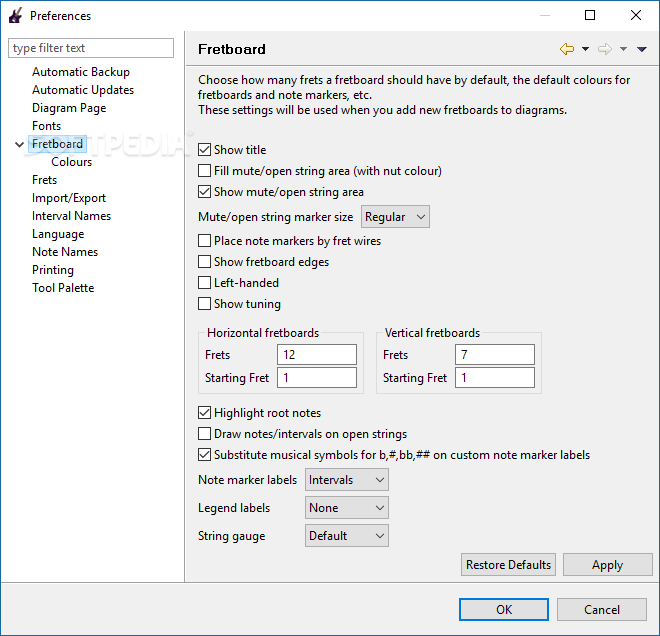


anteromedially: posterior border of the sternocleidomastoid muscle.superiorly: skull base at the apex of the convergence of sternocleidomastoid and trapezius muscles.

includes medial supraclavicular nodes including Virchow node 1.medially: medial border of the common carotid artery.posterolaterally: oblique line drawn through the posterolateral edge of the sternocleidomastoid muscle and the lateral edge of the anterior scalene muscle 2.superiorly: inferior border of the cricoid cartilage.Level IV: lower internal jugular (deep cervical) chain medially: medial border of the common carotid artery.anteriorly: anterior border of the sternocleidomastoid muscle.inferiorly: inferior border of the cricoid cartilage.superiorly: inferior border of the hyoid bone.Level III: middle internal jugular (deep cervical) chain level IIb: posterior to and separable by a fat plane from the internal jugular vein.level IIa: inseparable from or anterior to the posterior edge of the internal jugular vein includes jugulodigastric nodal group.medially: medial border of the internal carotid artery.posterolaterally: posterior border of the sternocleidomastoid muscle.anteriorly: posterior border of the submandibular gland.inferiorly: inferior border of the hyoid bone.superiorly: base of the skull at the jugular fossa.Level II: upper internal jugular (deep cervical) chain level Ib (submandibular nodes): posterolateral to the anterior belly of the digastric muscles.level Ia (submental nodes): anteromedial between the anterior bellies of both digastric muscles.posteriorly: posterior border of the submandibular gland.inferiorly: inferior border of the hyoid bone.superiorly: mylohyoid muscle and mandible.The following is a synthesis of radiologically useful boundaries for each level. Differing definitions exist across specialties 1-4. The lymph nodes in the neck have historically been divided into at least six anatomic neck lymph node levels for the purpose of head and neck cancer staging and therapy planning.


 0 kommentar(er)
0 kommentar(er)
